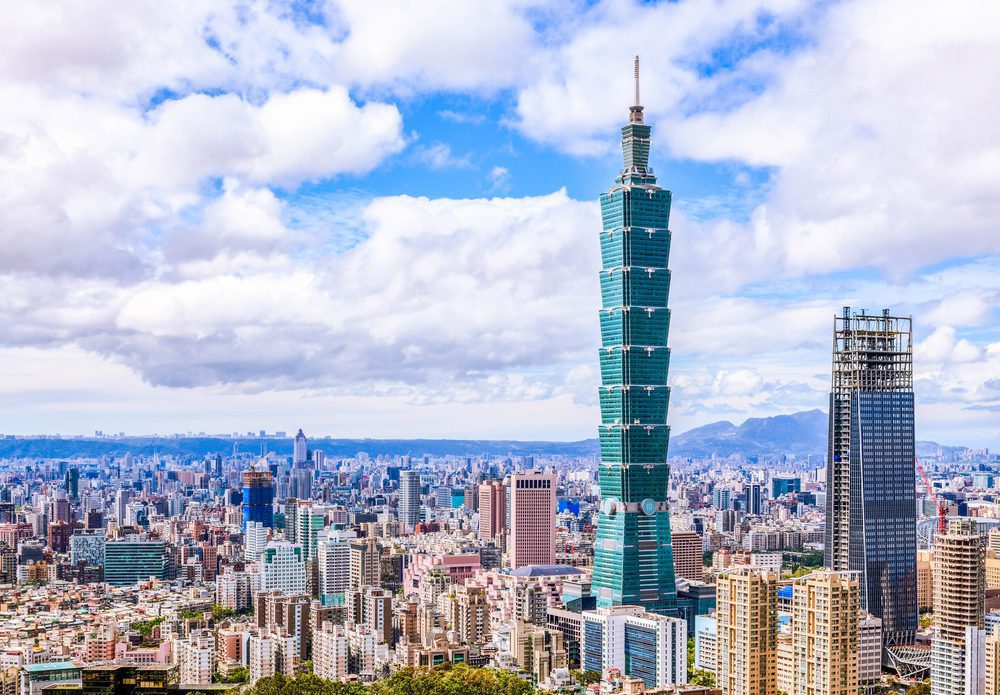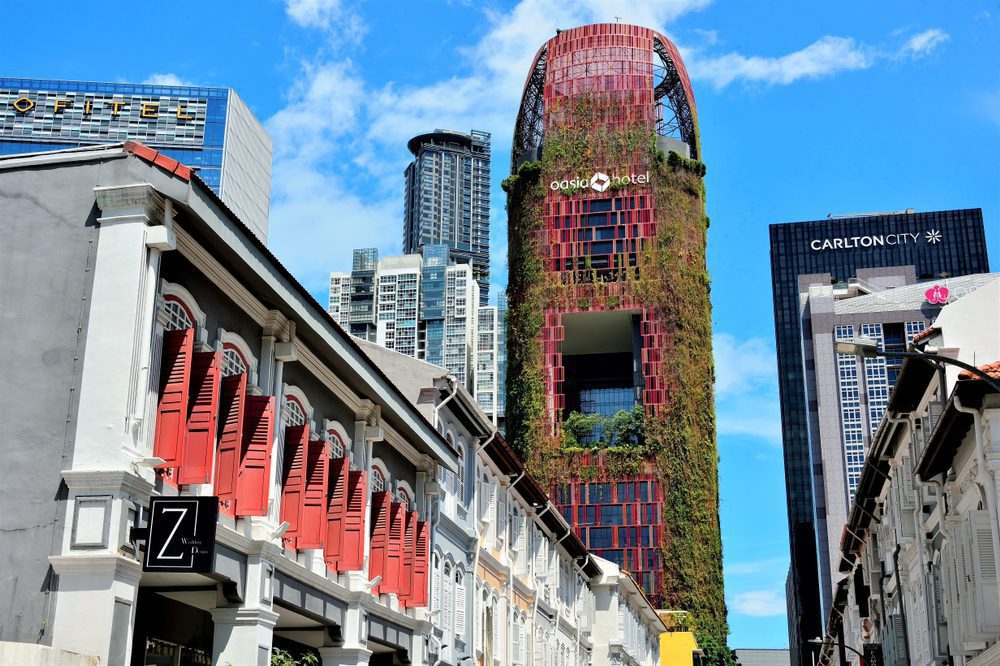The UN expects two-thirds of the world to live in cities by 2050, presenting challenges in everything from space to jobs to safety to sustainability. Some recent research suggests that high-rise buildings are the most sustainable form of urban development, and many of the world’s skyscrapers have already begun proving this research right. Here are eight of the most sustainable skyscrapers in the world.
1. Shanghai Tower (Shanghai, China)
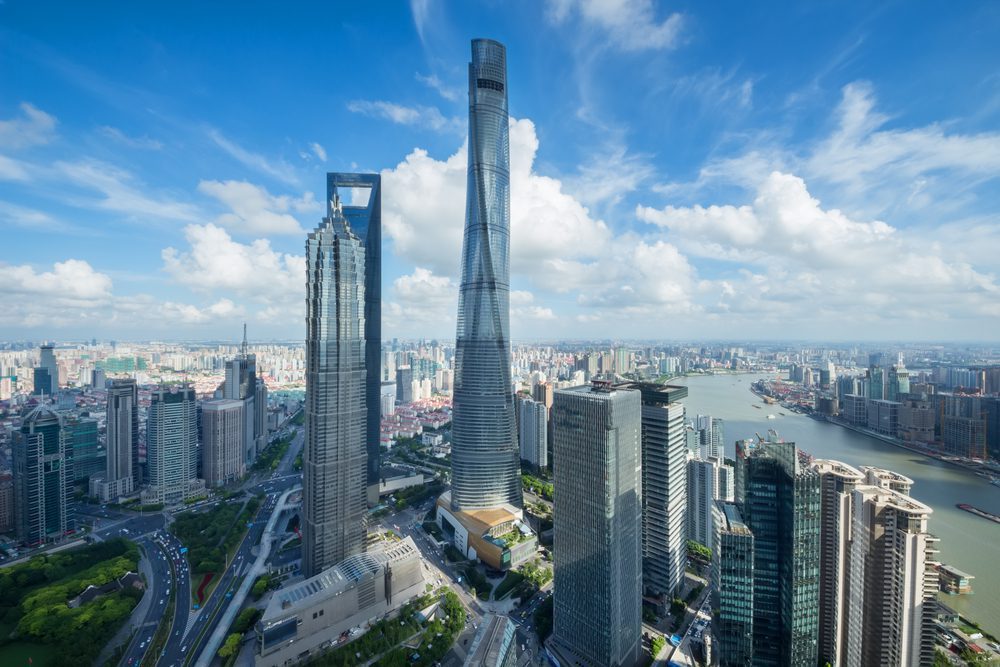
Towering 2,073 feet in the air, the Shanghai Tower is the second tallest building in the world and a model for sustainable skyscrapers. The 200 wind turbines at the top of the structure power generate about 10 percent of the building’s electricity, and the building’s transparent inner and outer “skins” allow light to come into the building, reducing the need for artificial lighting. The building collects rainwater, reuses wastewater, and combines another 40 energy-saving measures to cut 34,000 metric tons from its annual carbon footprint. Additionally, developers say that a third of this LEED Gold certified building is green space, including 24 sky gardens.
2. One Central Park (Sydney, Australia)

Sydney’s One Central Park is immediately recognizable from the vertical gardens adorning its side. The building’s 383 plant species cover about 50% of its façade and effectively trap carbon dioxide, emit oxygen, and provide energy-saving shade for the building. The skyscraper’s 40 motorized heliostats and 320 reflective mirror panels also capture and redirect sunlight that otherwise would be lost in the high-rise’s shadow into retail spaces and landscaped terraces.
3. Taipei 101 (Taipei, Taiwan)
The 1,667-foot-tall Taipei 101 skyscraper takes up over 2 million square feet and achieves annual savings of 2,995 metric tons in reduced CO2 emissions. That’s equivalent to preserving over 9 acres of woodland from deforestation! The high-rise also uses low-flow water fixtures to save about 7.4 million gallons of water per year and low- or no-mercury energy-efficient luminaires and lamps. Additionally, because of Taiwan’s extremely humid climate, each of the building’s floors has two sensors to monitor and control humidity levels; the sensors can activate the chilled water system to reduce humidity levels.
4. Oasia Hotel (Singapore)
The Oasia Hotel in Singapore merges architecture and nature, with about 40 percent of the building’s volume dedicated to open-air sky terraces. The building’s gaps, porous exterior, and open-sided sky gardens allow natural air to circulate through the inside of the high-rise, removing the need for mechanical ventilation and thus saving on energy. A highly-efficient chilled water system with condenser water pumps cool the hotel’s enclosed spaces, and the water for irrigation of the plant life also comes from natural rainfall.
5. Bahrain World Trade Center (Manama, Bahrain)
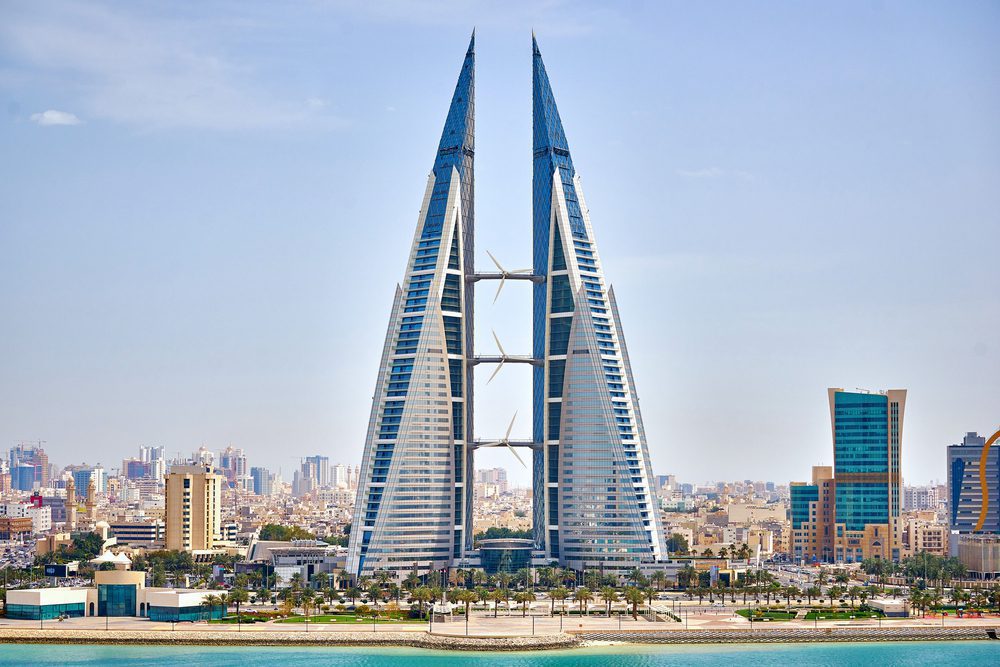 The Bahrain World Trade Center’s three skybridges hold wind turbines that generate power from strong breezes coming from the nearby Persian Gulf. This power provides up to 15 percent of the office tower’s electricity needs. To reduce solar gain, buffer spaces were incorporated between the external environment and air-conditioned spaces, and two parking lot decks were placed above and on the southern side of the building. Additionally, high-quality solar glasses used with low-shading coefficient reduce the air temperature of the building, sloping balconies provide adequate shading, and deep gravel roofs provide kinetic insulation.
The Bahrain World Trade Center’s three skybridges hold wind turbines that generate power from strong breezes coming from the nearby Persian Gulf. This power provides up to 15 percent of the office tower’s electricity needs. To reduce solar gain, buffer spaces were incorporated between the external environment and air-conditioned spaces, and two parking lot decks were placed above and on the southern side of the building. Additionally, high-quality solar glasses used with low-shading coefficient reduce the air temperature of the building, sloping balconies provide adequate shading, and deep gravel roofs provide kinetic insulation.
6. Bank of America Tower (New York City, USA)
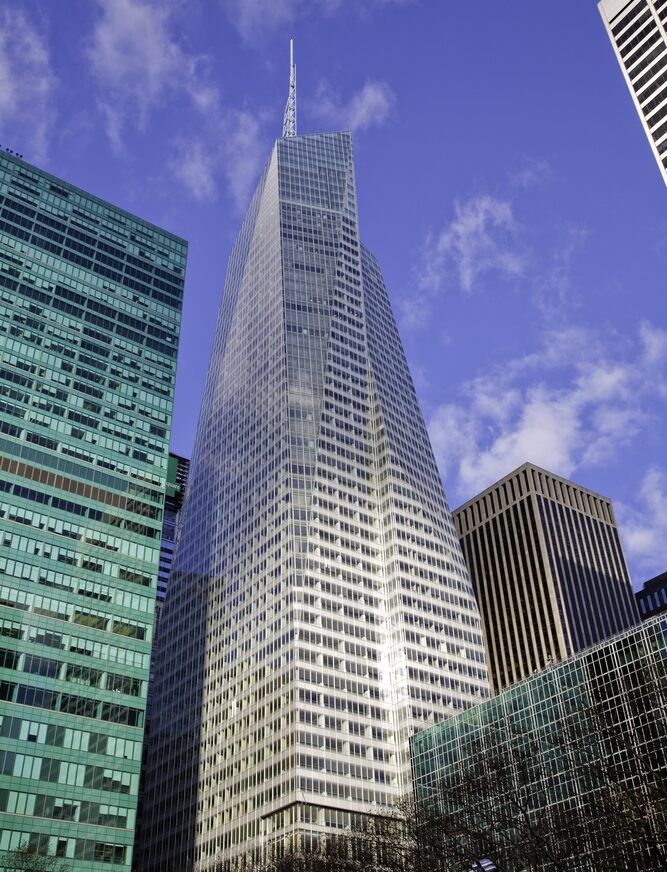 One of the world’s most sustainable skyscrapers, and the first high-rise to get a LEED Platinum certification, is the Bank of America Tower in Manhattan. The building saves about 100 million gallons of water per year because of its waterless urinals and rainwater collection facility on the roof that is used to cool the interior and flush toilets. The roof also collects the fresh air that is used in the building; it is treated by highly efficient filters before being distributed to indoor spaces. The building even filters the air again before it goes to the outside, which means that the air leaves the building cleaner than it came in. The building even has its own generation plant that produces 4.6 megawatts of clean, sustainable, energy. This provides 70 percent of annual electrical power needs and produces all of the building’s hot water without outside energy.
One of the world’s most sustainable skyscrapers, and the first high-rise to get a LEED Platinum certification, is the Bank of America Tower in Manhattan. The building saves about 100 million gallons of water per year because of its waterless urinals and rainwater collection facility on the roof that is used to cool the interior and flush toilets. The roof also collects the fresh air that is used in the building; it is treated by highly efficient filters before being distributed to indoor spaces. The building even filters the air again before it goes to the outside, which means that the air leaves the building cleaner than it came in. The building even has its own generation plant that produces 4.6 megawatts of clean, sustainable, energy. This provides 70 percent of annual electrical power needs and produces all of the building’s hot water without outside energy.
7. China Resources Building (Hong Kong, China)

The China Resources Building in Hong Kong is a perfect model of sustainable renovation for how an existing building can become a sustainable skyscraper by undergoing several renovations. The façade was retrofitted with a glazing system that only allows 5 percent of solar energy to be transmitted indoors; this naturally reduces the indoor temperature and the need for air conditioning. Energy-efficient artificial lighting and air-handling units were also installed and upgraded. Additionally, the building added a demand control ventilation (DCV) system. This controls the outside airflow rate based on the actual occupancy to save energy. These changes and more saved 10 percent of energy and reduced the building’s CO2 emissions by 1,370 tonnes. The China Resources Building was the first building renovation project to receive a LEED Core and Shell Gold rating from the United States Green Building Council (USGBC).
8. Curzon Wharf (Birmingham, UK)
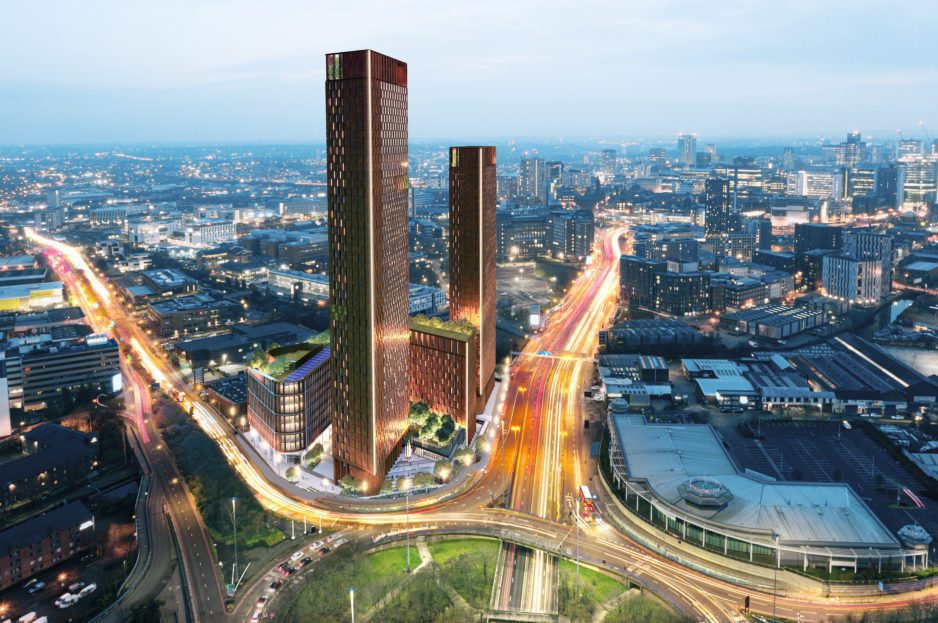
As for an upcoming sustainable skyscraper, Curzon Wharf will become the world’s first net-zero skyscraper when it becomes operational in 2029. The net-zero designation means that the building’s total amount of energy used in a year is roughly equal to the amount of renewable energy created on the site, or nearby. The plans include using super-insulated building fabric, renewable energy sources, LED lighting and smart controls, and low-carbon construction material like the cement substitute Ground Granulated Blast furnace Slag (GGBS) for the concrete structure.
For more information on innovations in construction materials, stream Tomorrow’s World Today’s presentation of “Material Science Meets Building Sciences” on SCIGo and Discovery GO!


